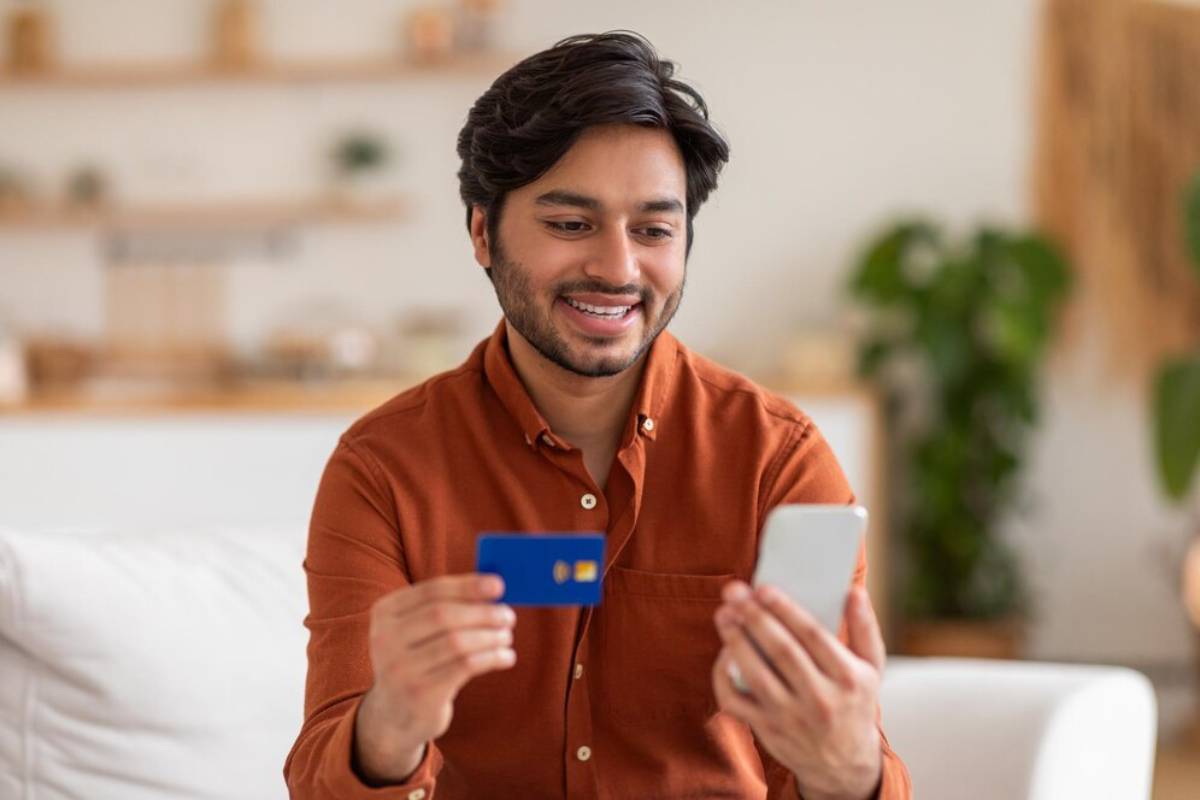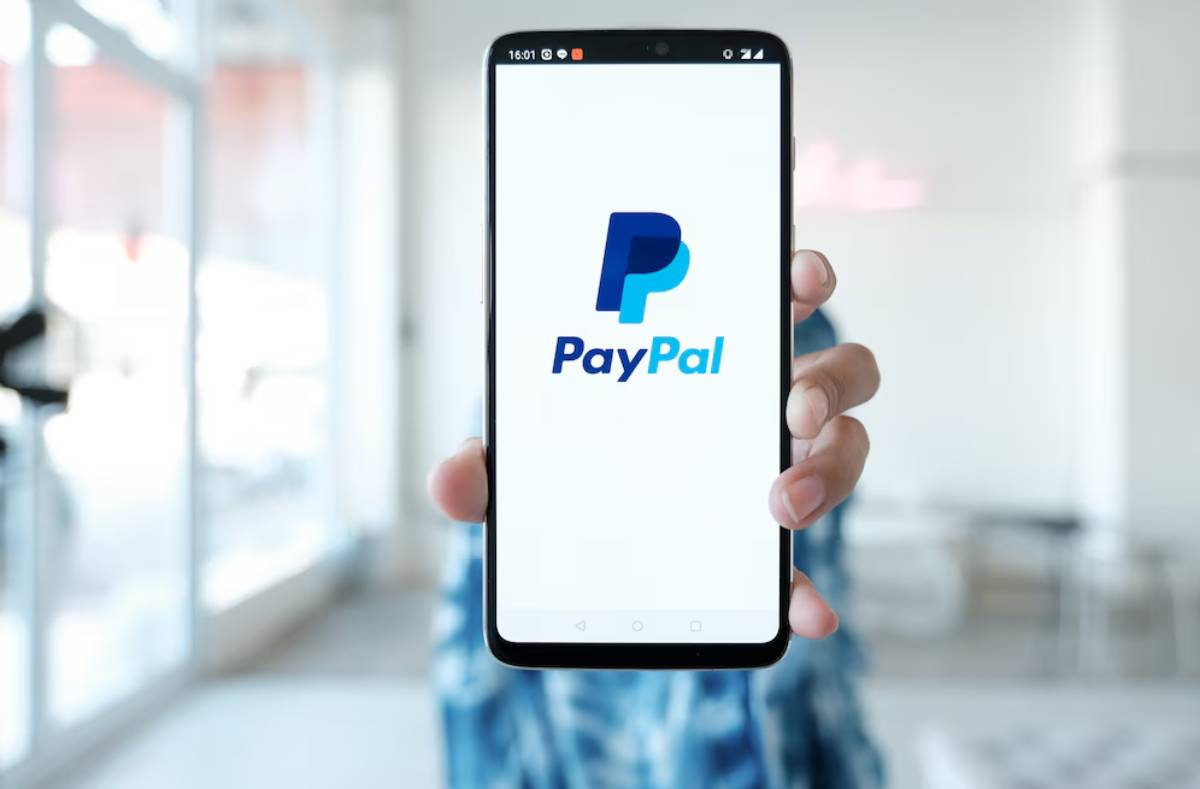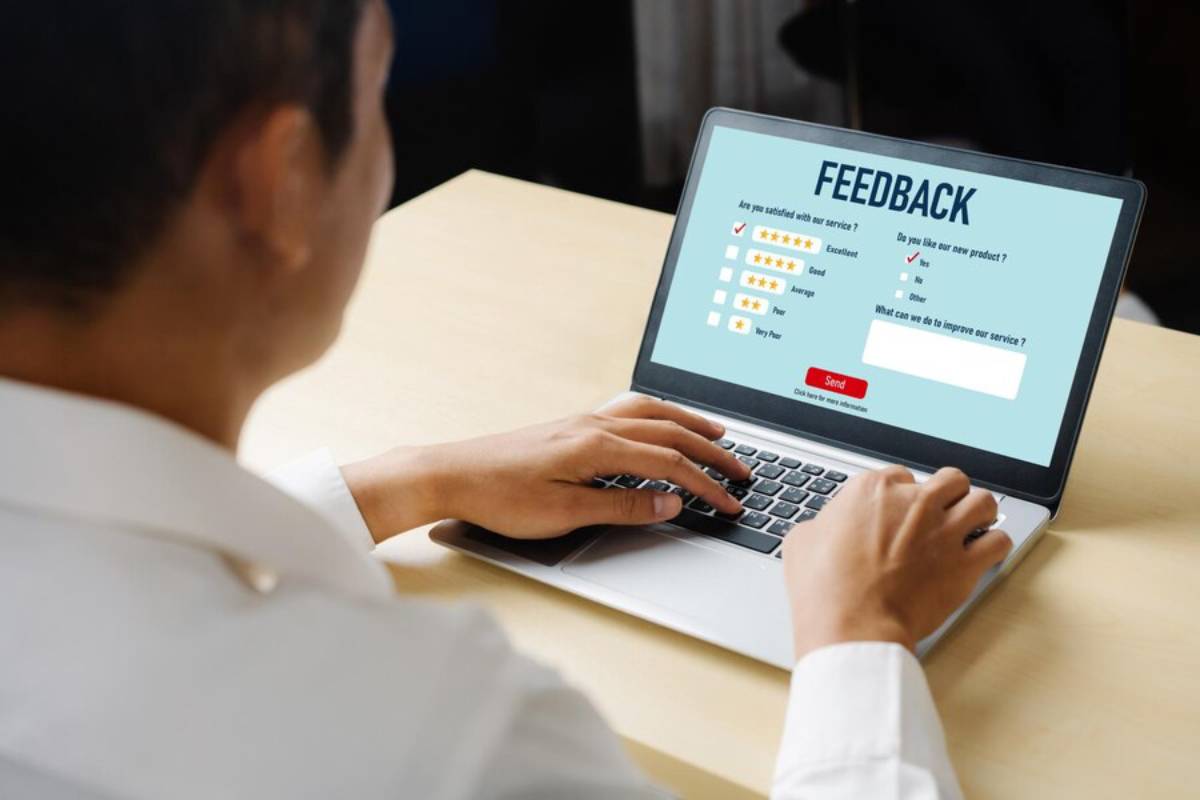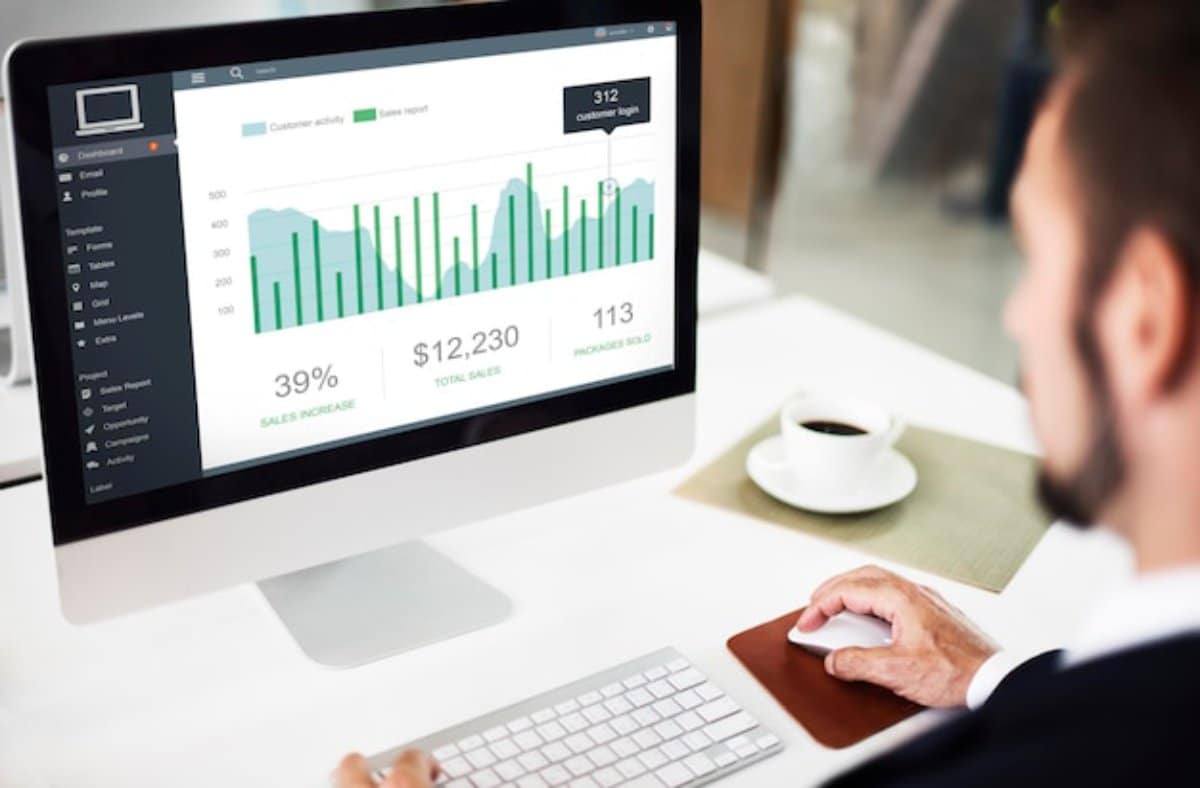
How to Optimise Mobile Payments for Better User Experience
In today’s fast-paced digital world, mobile transactions are not just convenient — they are expected. Your customers demand seamless, swift, and secure experiences at their fingertips. If your mobile payment process feels clunky or confusing, users will abandon their carts in a heartbeat. That’s why mobile payment optimisation is crucial for enhancing user experience and driving conversions.
In this guide, you’ll learn expert strategies, real-world insights, and practical steps to ensure your mobile payment journey is as smooth and rewarding as possible.
Understanding Mobile Payment Optimisation: Why It Matters
At its heart, mobile payment optimisation focuses on making mobile transactions effortless. It means creating a frictionless payment process that is fast, secure, and intuitive on any mobile device.
Why should you care? Because your customers care. Studies show that up to 70% of online shoppers abandon their carts because the checkout experience is too complicated or slow, especially on mobile.
When you optimise mobile payments, you not only increase conversion rates but also boost customer loyalty and brand trust.
Think of it like this: If your checkout is a maze, users will quit halfway through. If it’s a clear, inviting path, they’ll glide straight to purchase.
Quick Guide / Checklist: Mobile Payment Optimisation Essentials
- Streamline checkout forms
- Offer multiple payment options
- Enable one-tap payment methods
- Prioritise security without adding friction
- Optimise page load speed
- Use mobile-friendly design elements
- Test the payment flow across different devices
- Communicate trust signals clearly (like SSL certificates)
- Offer guest checkout options
Step-by-Step Guide: How to Optimise Mobile Payments for Better User Experience
1. Simplify the Checkout Process
Long forms kill mobile conversions.
- Ask only for essential information.
- Use auto-fill features wherever possible.
- Break the checkout into manageable steps.
Pro Tip: Use progress indicators during checkout — users love knowing how close they are to finishing!

2. Integrate Multiple Payment Methods
Not every customer prefers the same method.
- Accept digital wallets like Apple Pay, Google Pay, PayPal, and Klarna.
- Include local payment options for international shoppers.
Important: Limiting payment choices can drive customers to competitors with more flexibility.
3. Prioritise Speed and Mobile Responsiveness
Slow loading pages frustrate users.
- Compress images and use lightweight code.
- Choose a mobile-first design framework.
Secret Tip: Aim for checkout pages to load in under two seconds — anything longer increases bounce rates dramatically.
4. Build Trust with Visible Security Features
Security matters, but so does perception.
- Display trust badges and SSL certificates.
- Offer biometric authentication options (fingerprint, face ID).
Pro Tip: Reassure users with clear statements like, “Your payment is 100% secure and encrypted.”
5. Offer Guest Checkout
Forcing account creation before purchase is a major barrier.
- Allow purchases without a mandatory sign-up.
- Offer the option to save details after checkout.
Important: Guests are still valuable — convert them with post-purchase engagement rather than during payment.
6. Test, Test, Test Across Devices
A payment flow that works on an iPhone 15 Pro might break on a Samsung Galaxy S20.
- Regularly test across multiple devices and screen sizes.
- Simulate real-world payment scenarios.
Secret Tip: Set up a device lab or use cloud-based testing tools to mimic different operating systems.
Best Practices & Additional Insights Optimise for Thumb Use
Most mobile users navigate with their thumbs.
- Place key buttons (like “Pay Now”) within easy reach.
- Use large, tappable buttons to avoid mis-clicks.
Enable Autofill and Digital Wallets
Auto-completing card and address fields saves precious seconds. Integrating digital wallets like Apple Pay or Google Pay cuts checkout time dramatically and adds an extra layer of security.

Provide Instant Feedback
Show instant visual cues for successful payments, errors, or incomplete fields.
Example: Green checkmarks for correct inputs and gentle red outlines for errors.
Minimise Distractions
Strip away unnecessary content during payment.
- No pop-ups.
- No confusing ads.
- Just a clean, focused experience.
Personalise Where Possible
If you have customer data (securely stored and with consent), use it wisely.
- Pre-fill addresses.
- Offer saved payment methods.
FAQs About Mobile Payment Optimisation
How does mobile payment optimisation impact conversion rates?
It directly boosts conversion rates by reducing friction during checkout. Faster, easier payments mean fewer cart abandonments.
Which mobile payment methods are most popular in 2025?
Digital wallets (Apple Pay, Google Pay), Buy Now Pay Later services (Klarna, Afterpay), and traditional card payments remain highly popular.
How important is payment security for user experience?
Hugely important. Users will abandon checkout if they sense any insecurity. Always display trust signals clearly.
Should I build a custom checkout or use third-party solutions?
It depends. A custom-built checkout offers greater control but higher costs. Trusted third-party checkouts like Shopify Payments or Stripe ensure security and optimisation with less effort.
What are the biggest mistakes businesses make in mobile payment design?
Overcomplicating the process, slow loading times, and forcing users to create accounts before paying are the most common pitfalls.
How often should I update or audit my mobile payment system?
Ideally, review it every 6–12 months or after any major OS updates or payment technology shifts.
Can mobile payment optimisation also improve desktop checkouts?
Yes! Best practices like simplification, speed, and clear trust signals enhance user experience across all devices.
Should I allow payments via social media apps like Instagram or Facebook?
Absolutely — integrating social commerce can significantly boost convenience and capture impulse purchases.
How does page load speed affect mobile transactions?
Every second of delay can drop conversion rates by up to 20%, so a fast-loading checkout is critical for success.
Is it worth offering Buy Now, Pay Later (BNPL) options on mobile?
Yes, BNPL options increase average order value and appeal especially to younger, mobile-first shoppers.
Conclusion: Create a Payment Experience Users Will Love
Mobile payment optimisation is no longer a luxury — it’s an essential part of crafting an outstanding user experience. By simplifying your checkout, prioritising speed and security, and offering flexible payment methods, you’ll create an environment where mobile transactions are easy and enjoyable.
Remember: Every second counts. Every tap matters. Every satisfied user is a loyal customer in the making.
Now’s the time to audit your mobile payment process and unlock better results!


